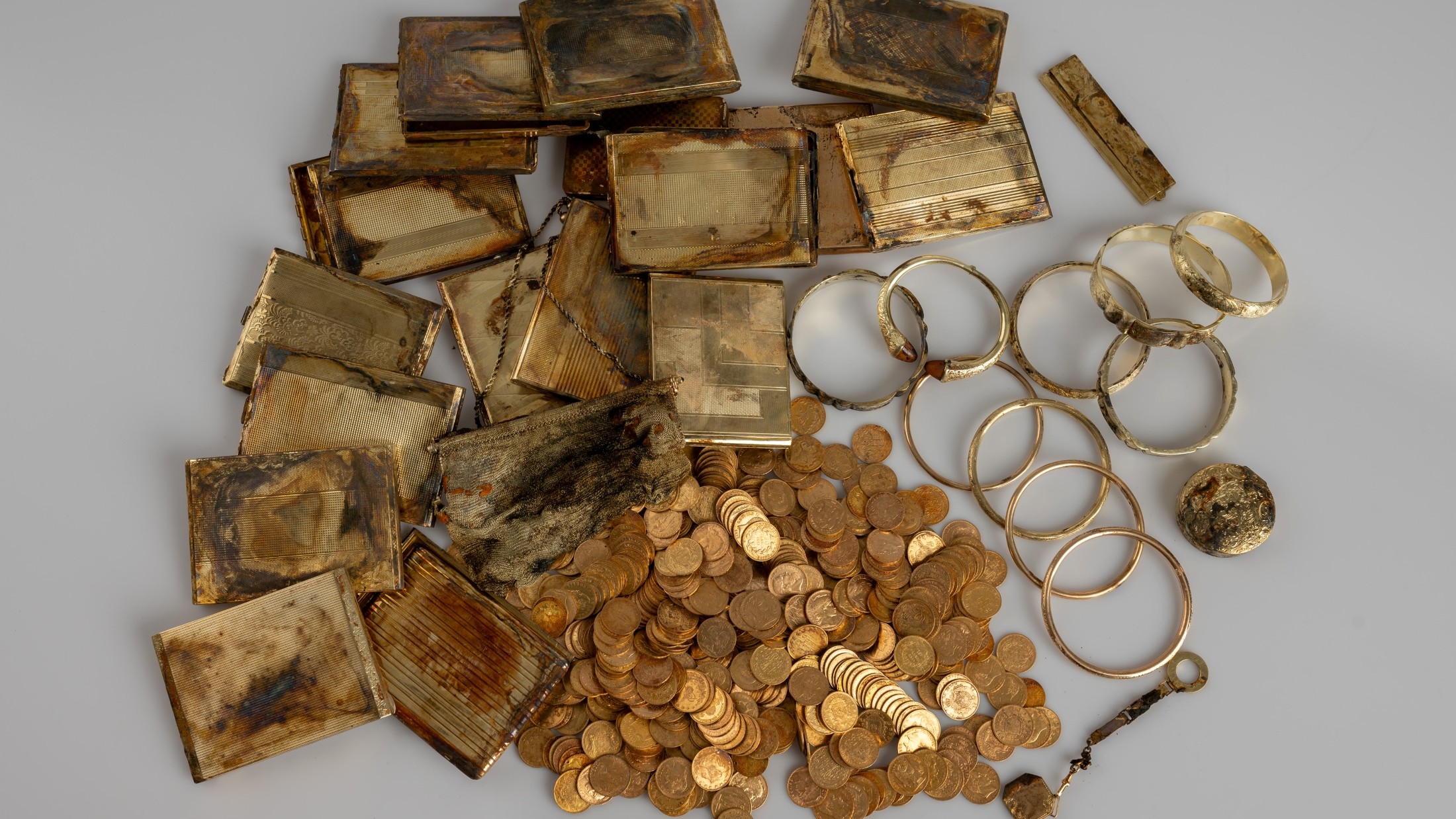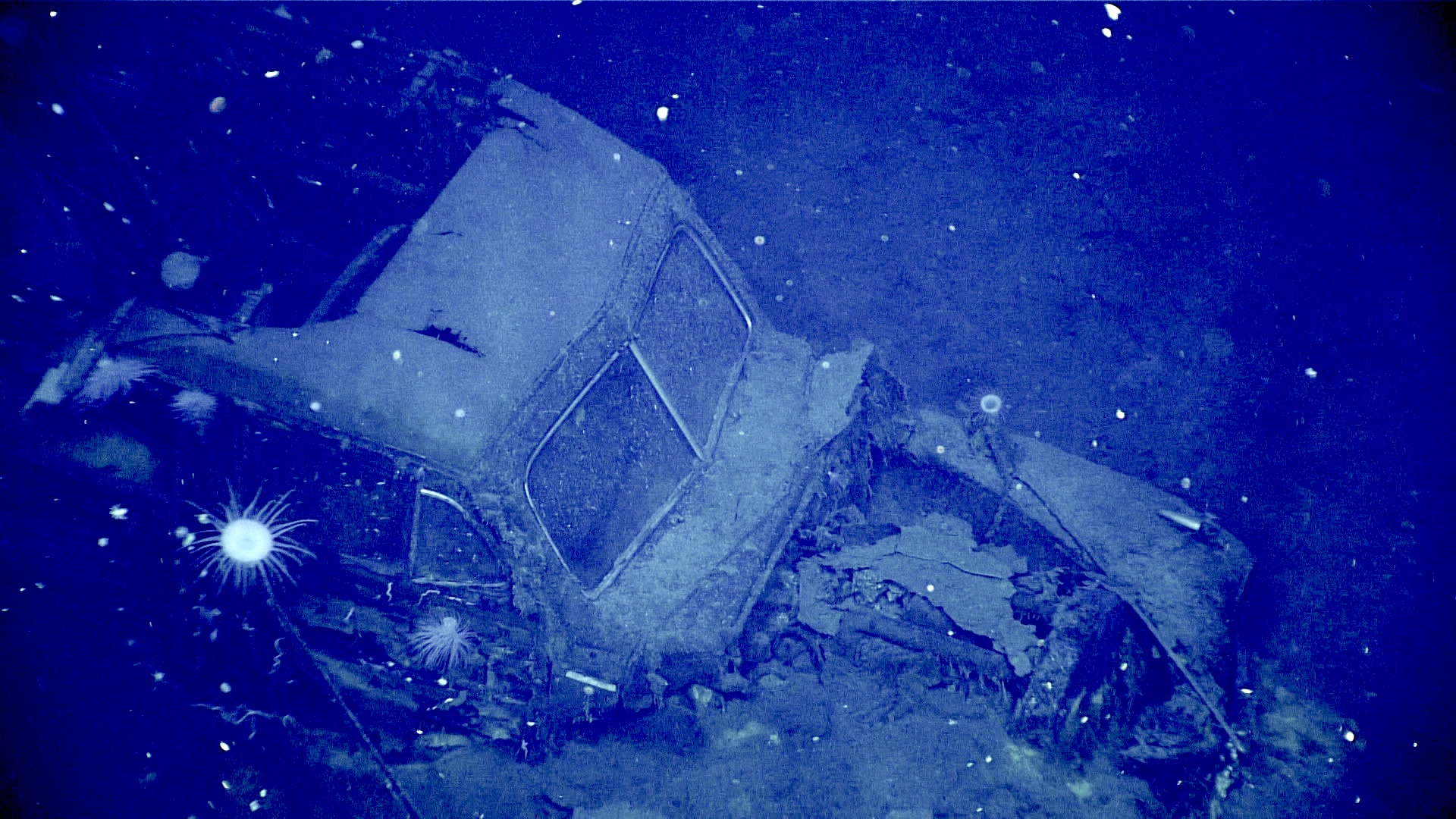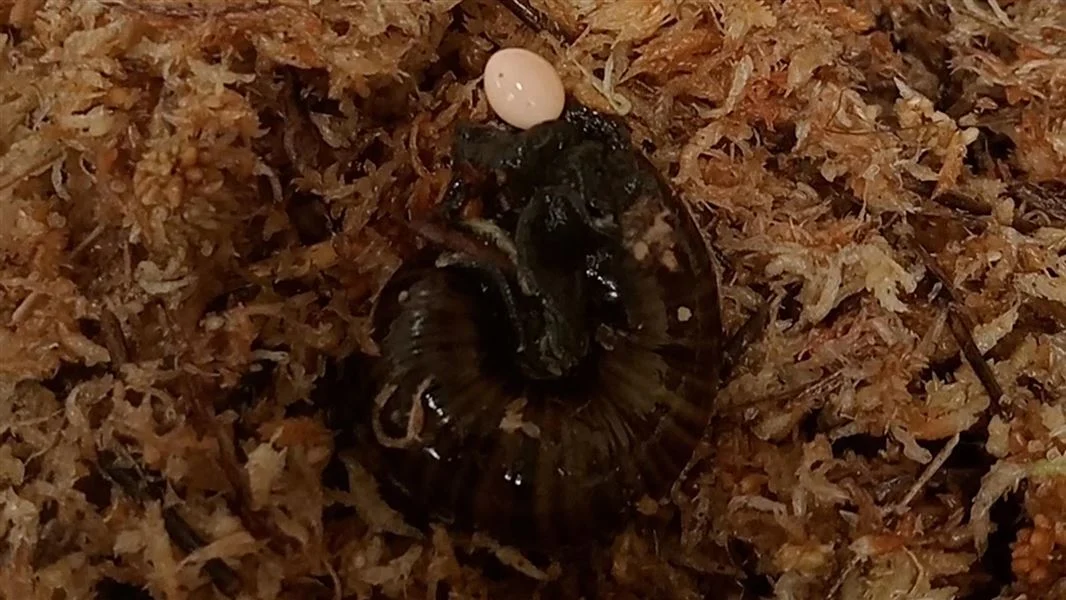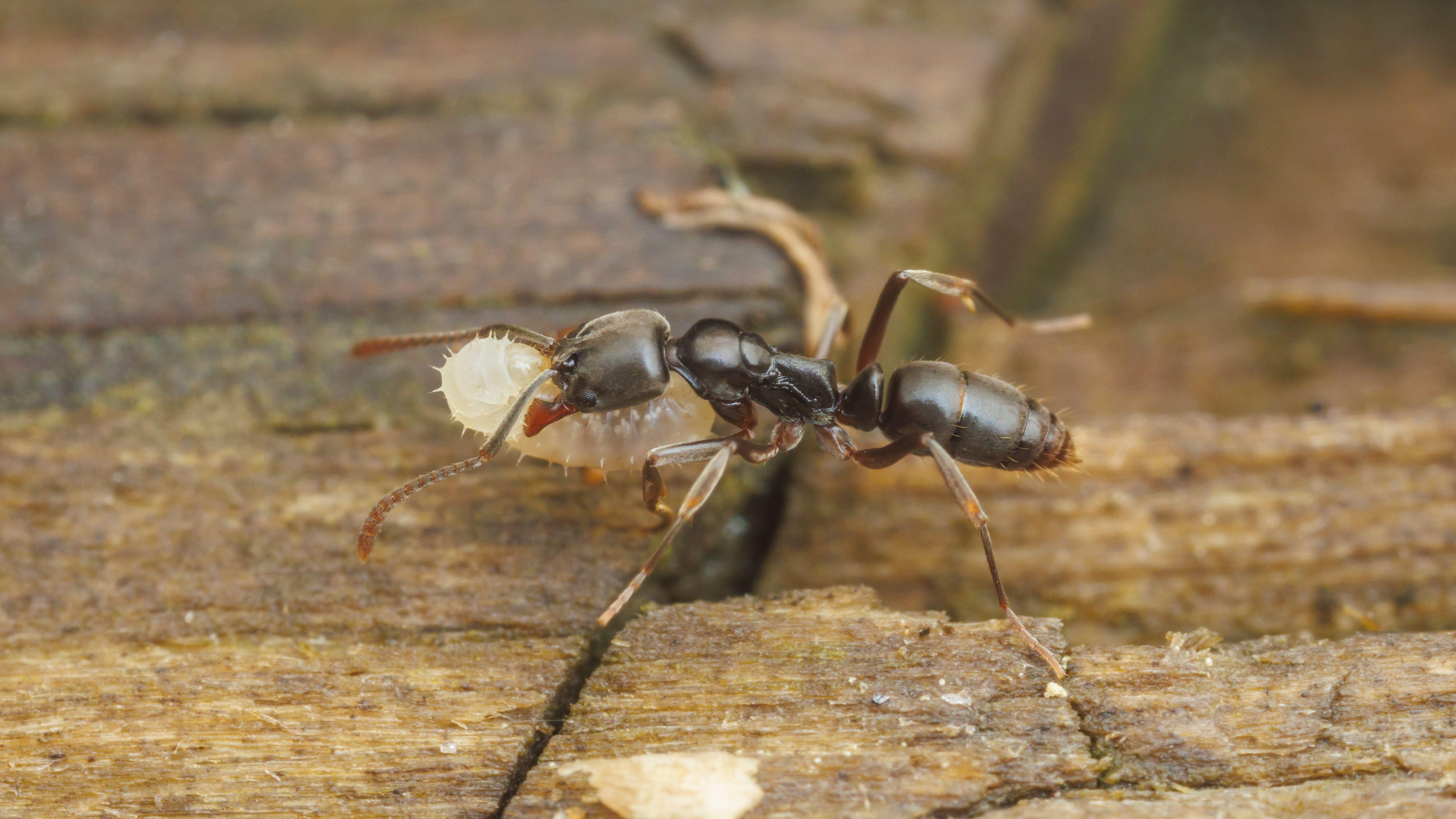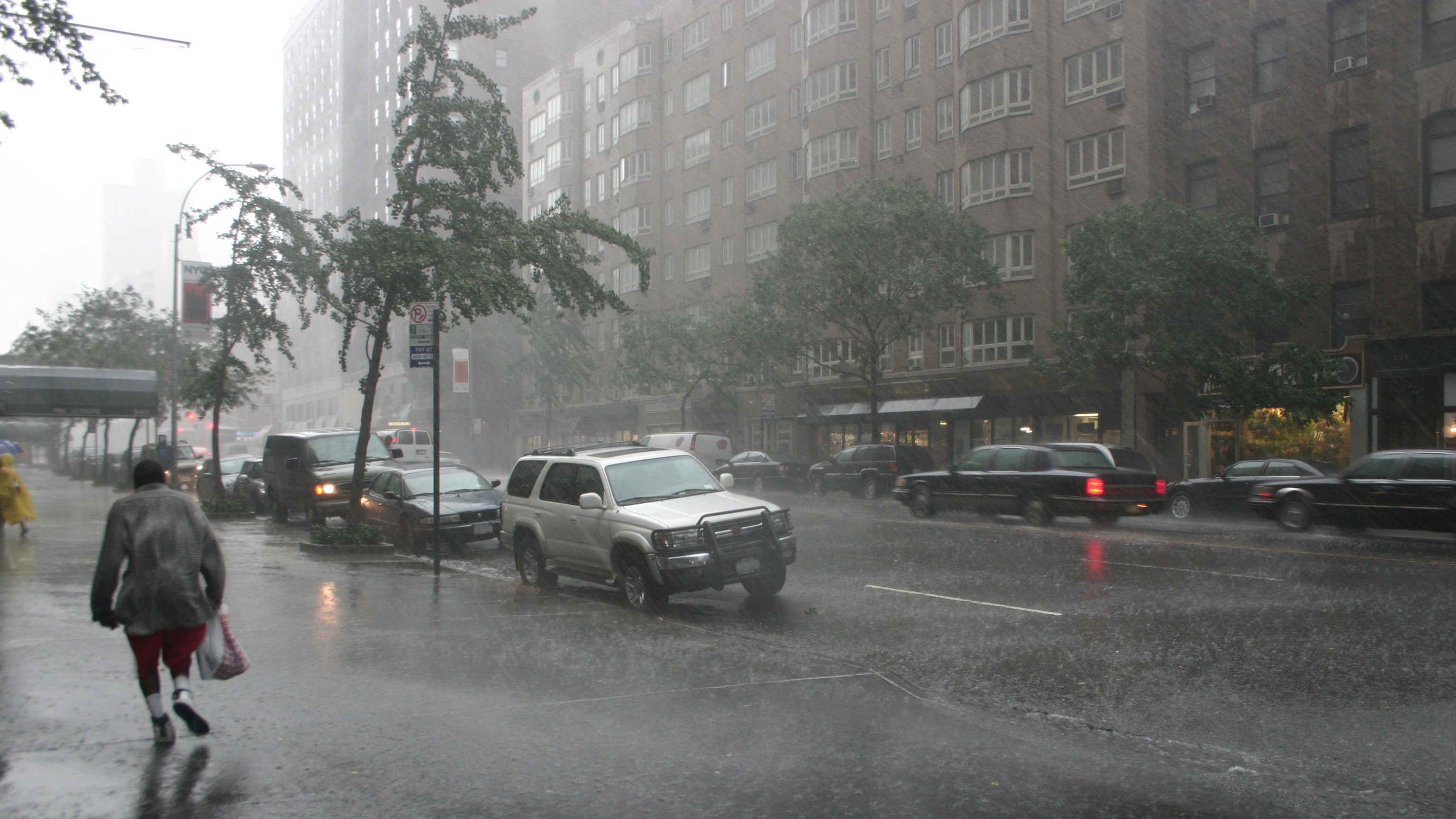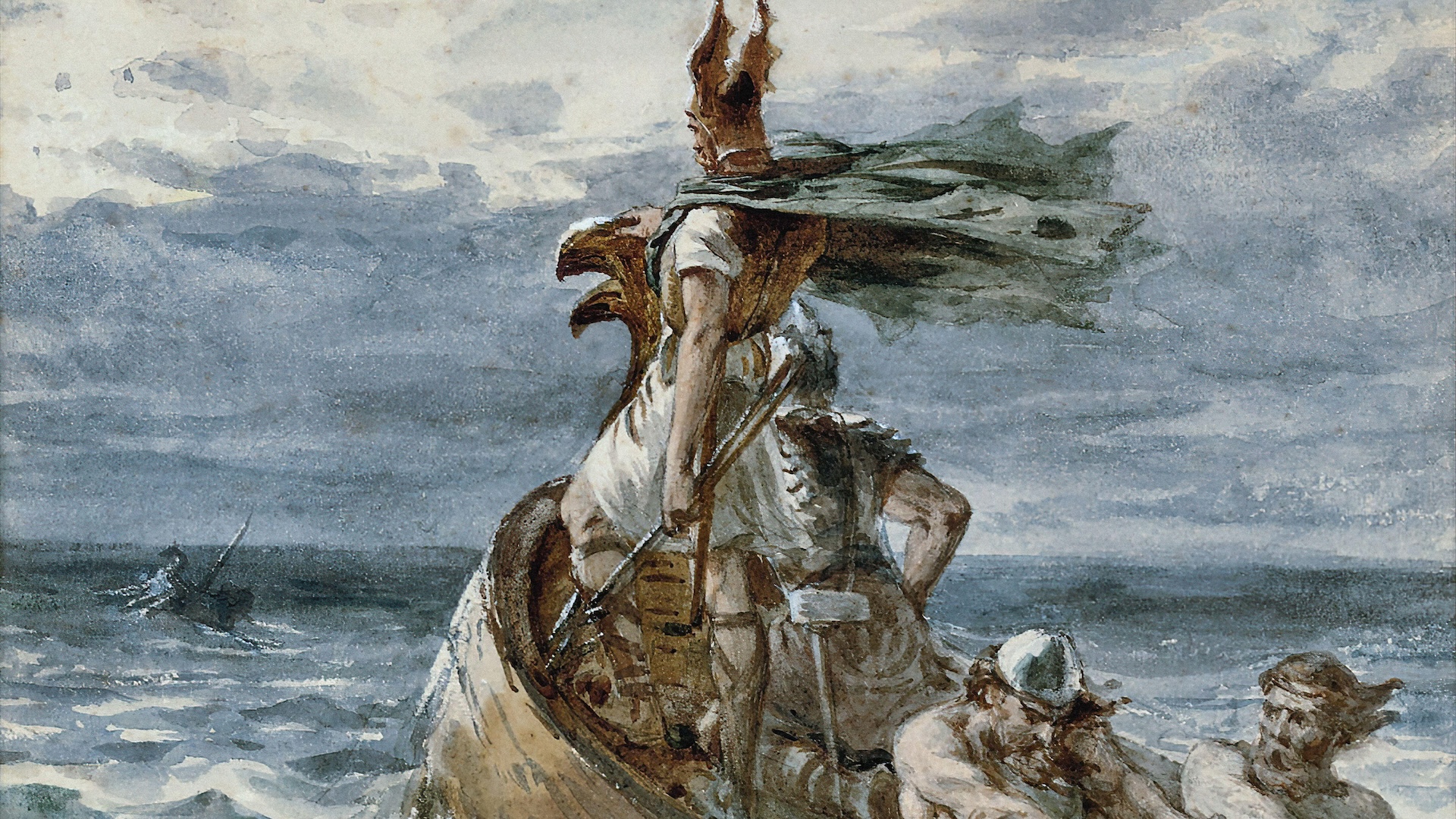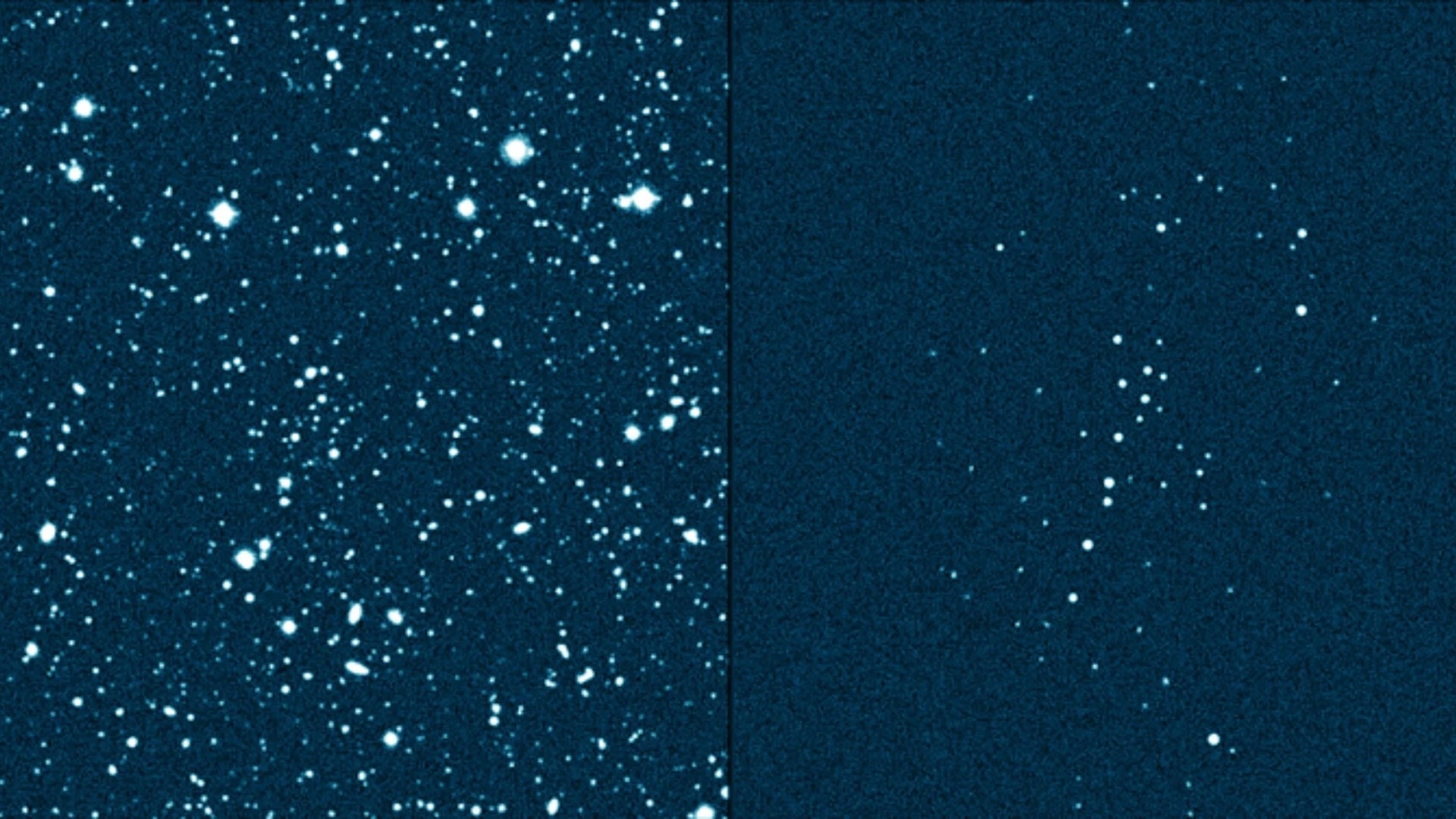A stash of gold and treasure worth more than $340,000 has been discovered by two hikers in the Czech Republic, and may have been hidden by people fleeing persecution during World War II.
The trove, a collection that includes gold coins, bracelets and snuff boxes, weighs roughly 15 pounds (6.8 kilograms) and was found inside two containers in a stone mound in a wood on Zvičina Hill, located in the foothills of the Krkonoše Mountains near the Polish border.
The 598 coins found within the first box span a broad historical period — dating from 1808 to 1915 and including currency from France, Belgium, the Ottoman Empire, Russia and former Austria-Hungary. Several of the Austro-Hungarian coins were also stamped with marks from being reissued in 1921 in the Serbian or Bosnia-Herzegovinian provinces of former Yugoslavia.
“The treasure lay hidden in the ground for a little over a hundred years at most. In this particular case, however, the year 1915 is not decisive for determining the time when the hoard was found on the site,” Vojtěch Brádle, a coin specialist at the Museum of Eastern Bohemia in Hradec Králové, which is handling the trove, said in a translated statement. “This is due to the presence of several pieces with miniature marks (so-called contramarks), which could have been added after the First World War.”
The coin box was accompanied by a metal box found 3 feet (1 meter) away. This contained 10 bracelets, 16 cigarette cases, a bag made of fine wire mesh, a chain, a comb and a powder compact. All of these items are fashioned from a yellow metal, possibly a gold alloy.
Related: Metal detectorists find buried WWII aircraft in Ukraine while disarming wartime bomb
Experts have yet to date or establish a firm origin for the objects, but the latest contramark on the coin dates to 1921. This and the location of the find near a former border between Czech and German settlements could mean the coins were stashed as a last resort by people fleeing persecution by Nazi Germany in 1938. (By the end of the Second World War, just 14,000 of the region’s 118,000 Jewish population remained, the others having left or been deported to the Theresienstadt Ghetto or to Auschwitz).
But the coins could also have been cached after the war. In 1945, more than 3 million Germans were expelled from the Czech Republic for their perceived complicity in Nazi war crimes.
“The list of potential reasons for which it was likely buried is fairly clear. It was the beginning of the war, the deportation of the Czech and Jewish populations, then the deportation of the Germans after the war, so there are several possibilities,” Miroslav Novák, head of archaeology at the Museum of Eastern Bohemia in Hradec Králové, told Radio Prague International. “There was also a monetary reform, which could have also been a reason.”
“It was clearly not about the nominal value of the coins, whether they were worth 5, 10, or 100 crowns. It’s not about what the coins could buy — that’s not what mattered,” he added. “It was deliberately hidden because it was precious metal.”
To get to the bottom of the mystery, the museum is investigating items found in the hoard for further markings, alongside scouring archives for evidence that could trace the stash to its former owners.





